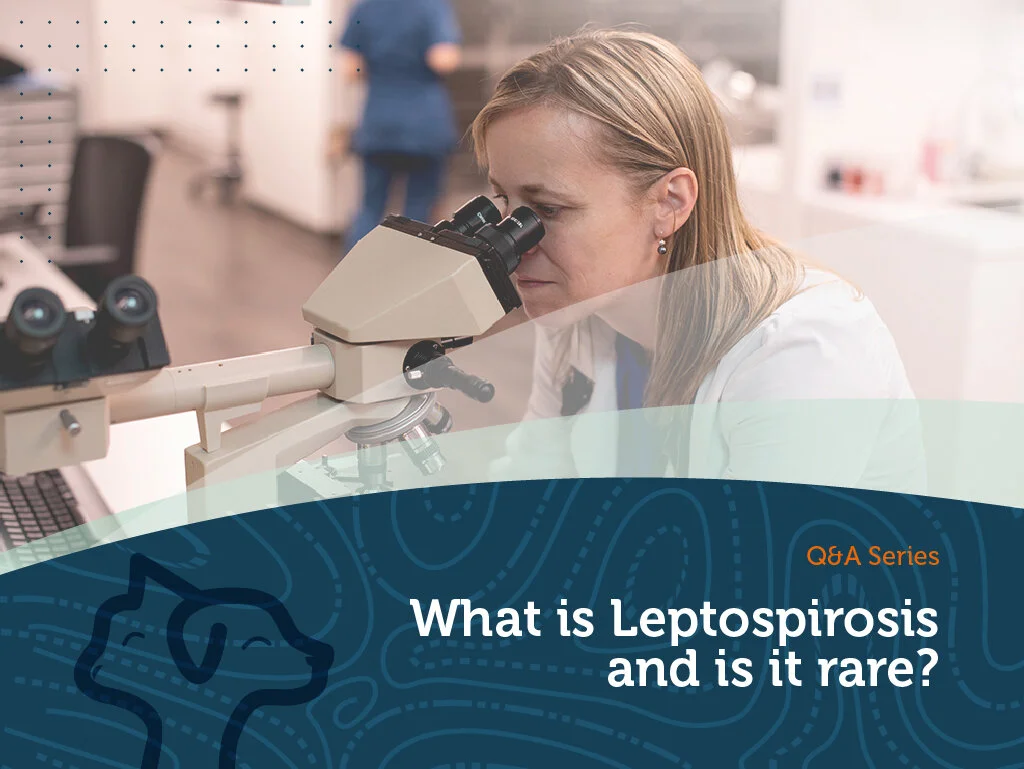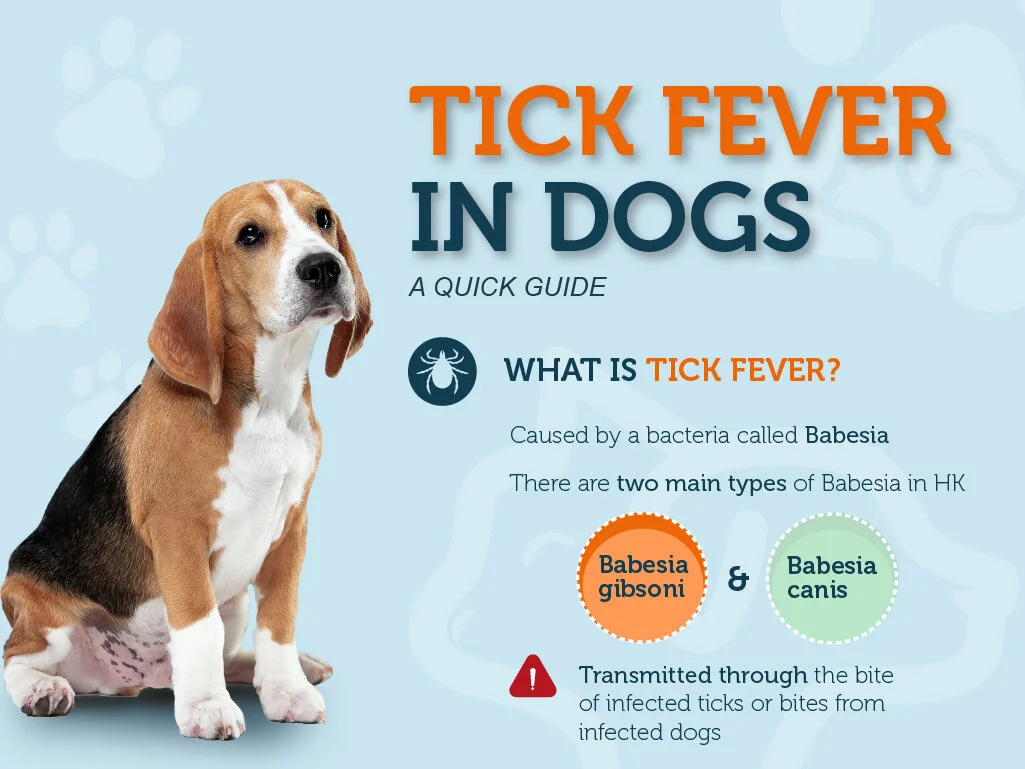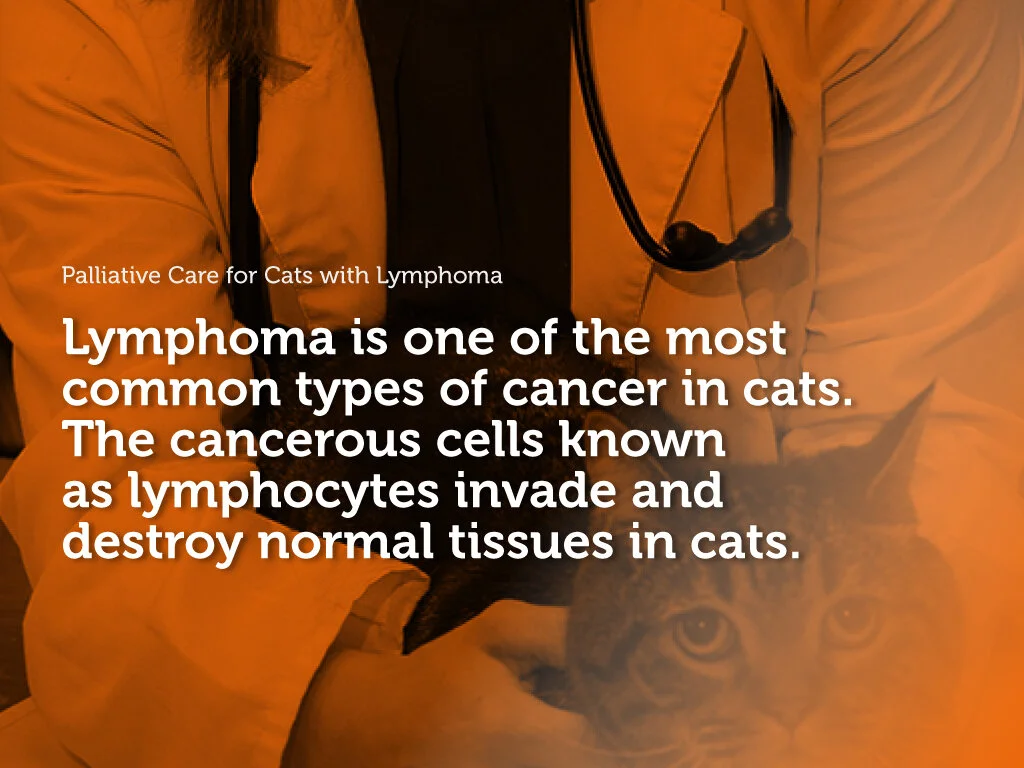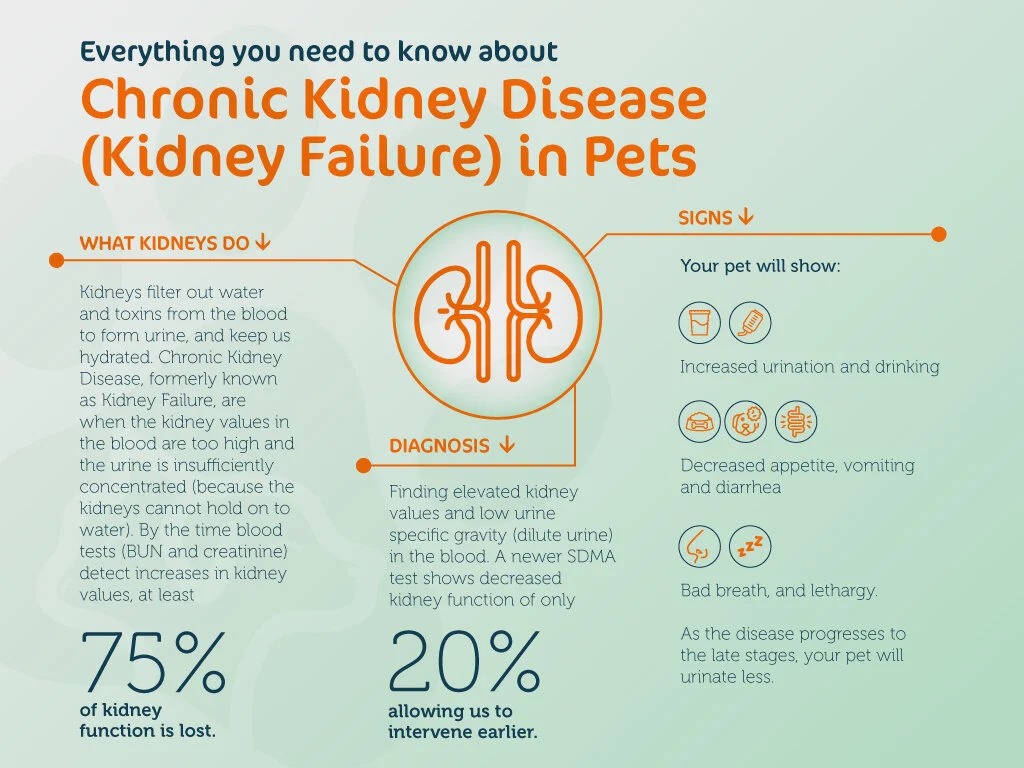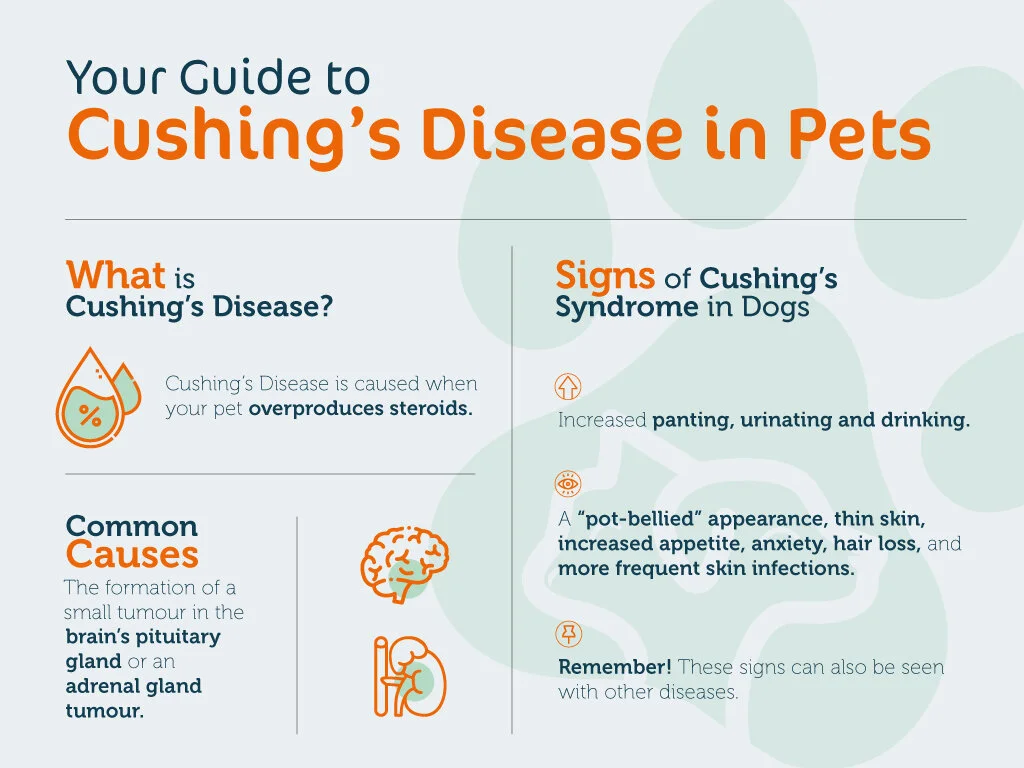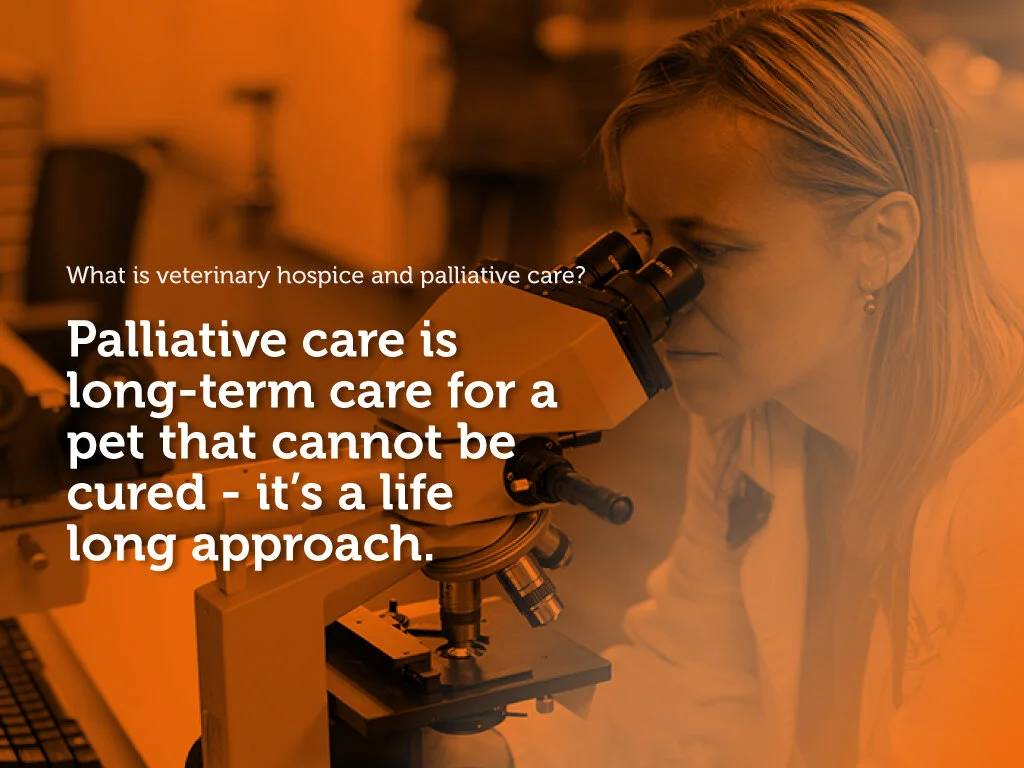Yes, there is a risk. The leptospirosis bacteria is cleared from the blood within 24 hours, but it can take a week to clear it from the urine. Dogs can also become carriers and are capable of spreading the bacteria to other pets and humans.
Read MoreLeptospirosis is difficult to eradicate; however, with appropriate controls including a robust and recognised vaccination programme, awareness, hygiene and monitoring procedures are the best option for reducing the risk of contracting leptospirosis.
Read MoreLeptospirosis can often be mistaken for other diseases common during the rainy season, such as dengue, typhoid, and viral hepatitis. Early identification and treatment is of highest importance to avoid fatal complications if one contracts leptospirosis.
Read MoreSmall animal internal medicine specialist Dr Lawren Durocher Babek outlines some common household dangers for pets, so that we can wise up and become the best pet parents possible.
Read MoreWith the start of the rainy season every year, the risk of contracting waterborne diseases is much greater. What exactly is leptospirosis? Leptospirosis is a bacterial disease that affects both humans and animals. Check out the first section of my Leptospirosis Q&A series for more information.
Read MoreThousands of dogs are infected annually with dangerous tick-transmitted diseases. Ticks are parasites that attach themselves to our furry companions, feed on blood and transmit diseases directly into the dog’s system.
Read MoreHow hot is too hot? With the summer month in full swing here in Hong Kong, temperatures are an average of 31 C. In this high heat of summer, be mindful to keep a close eye on your four legged friends. Heatstroke in dogs can be life threatening and can lead to severe complications. It is important to know the early signs of heatstroke and, most importantly, how to prevent heat stroke from happening to your pet. Please take a moment to look through my infographic.
Read MoreLymphoma is one of the most common types of cancer in feline (cats). It is a cancer of specific white blood cells (lymphocytes) that can grow anywhere in the body. The lymphoma cells don’t always show up in the blood work – usually, we need to take biopsies or samples of tissues to diagnose it. The clinical signs of lymphoma depend on what organ is affected – if the lymphoma is in the stomach or intestines, you will see vomiting and diarrhea; if it’s in the brain, seizures; the nose, discharge; etc
Read MoreRenal disease is progressive and irreversible, and will eventually be fatal, but the disease will progress at different rates depending on the pet. Some (especially cats) can do well for years. I suggest working closely with your vet to manage your pet’s medical needs and ensure they enjoy a good quality of life for as long as possible.
Read MoreIf your pet is diagnosed with Cushing’s, you can try changing to a well-balanced, home cooked diet. This can help decrease sodium levels and also help decrease excessive drinking and urinating. It is always important to work with your veterinarian to discuss any treatment plans prior to starting them.
Read MoreCushing’s Disease is caused when your pet overproduces steroids. Common causes include the formation of a small tumor in the brain’s pituitary gland, or an adrenal gland tumor in the adrenal gland (produces steroids). Check out the infographic to learn more about symptoms, diagnosis, complications, and treatment.
Read MoreAs a vet, I have seen that an essential aspect of successful diabetes management is to ensure that the pet owner is capable of administering insulin, able to recognise the signs of inadequately managed diabetes, and able to monitor blood glucose levels from home. The following information aims to give you an overview on how to undertake diabetes treatment for your pet.
Read MoreFor both hospice and palliative care, we don’t only treat the pet – we also treat the whole family. We have to be able to listen to the family and come up with a plan that works for the family, including the pet.
Read MoreWe are the geeks of the veterinary world. We have been described as the puzzle solvers, the diagnosticians of the veterinary world. We look at the body as a whole to explain everything that is going on and to craft a comprehensive treatment plan.
Read More





